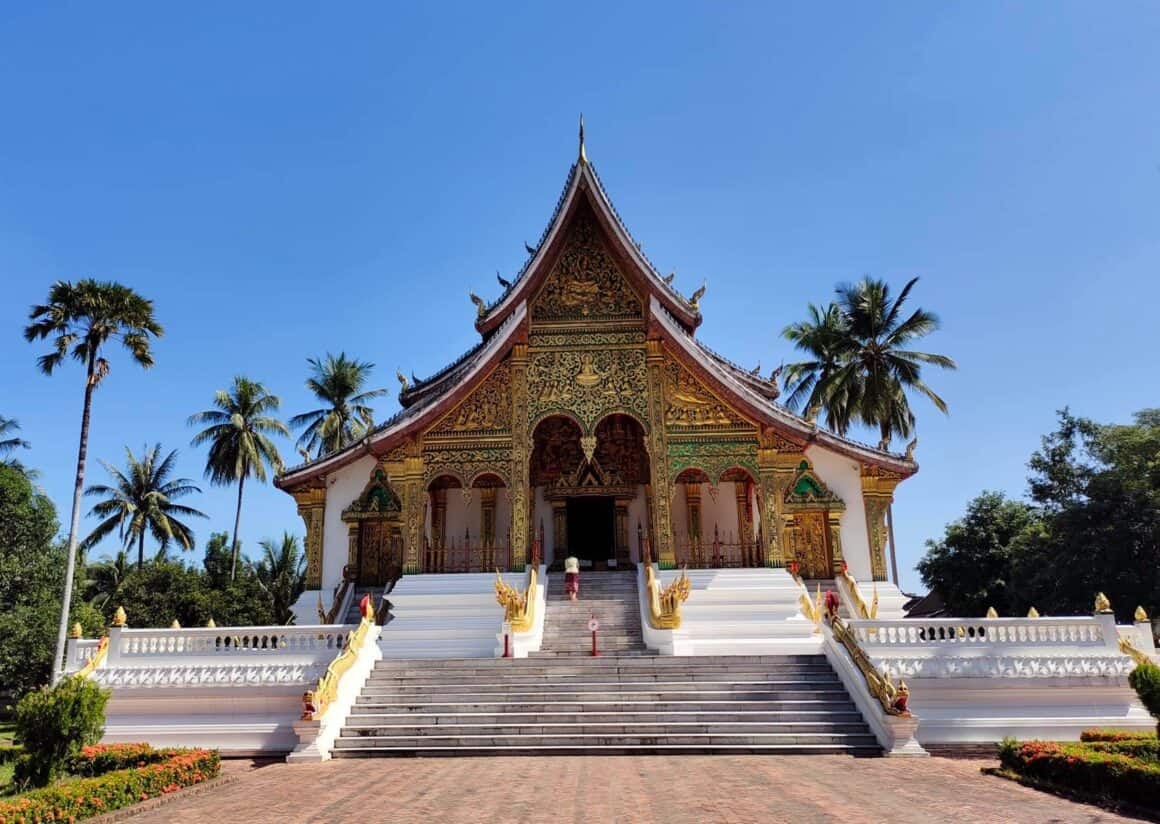The baci ceremony is a uniquely Lao boun (festival) and celebrates any auspicious occasion – marriage, birth, achievement or the end of an arduous journey, for instance.
It dates from pre-Buddhist times and is animist in origin. It is centred on the phakhouan, a designer tree made from banana leaves and flowers (or, today, some artificial concoction of plastic) and surrounded by symbolic foods. The most common symbolic foods are eggs and rice – symbolizing fertility.
The mophone hosts the ceremony and recites memorized prayers, usually in Pali, and ties cotton threads (sai sin) around the wrists of guests symbolizing good health, prosperity and happiness. For maximum effect, these strings must have three knots in them. It is unlucky to take them off until at least three days have elapsed, and custom dictates that they never be cut. Many people wear them until, frayed and worn, they fall off through sheer decrepitude.
All this is accompanied by a ramvong (traditional circle dance), in turn accompanied by traditional instruments – flutes, clarinets, xylophones with bamboo crosspieces, drums, cymbals and the kaen, a hand-held pipe organ that is to Laos what the bagpipes are to Scotland.









